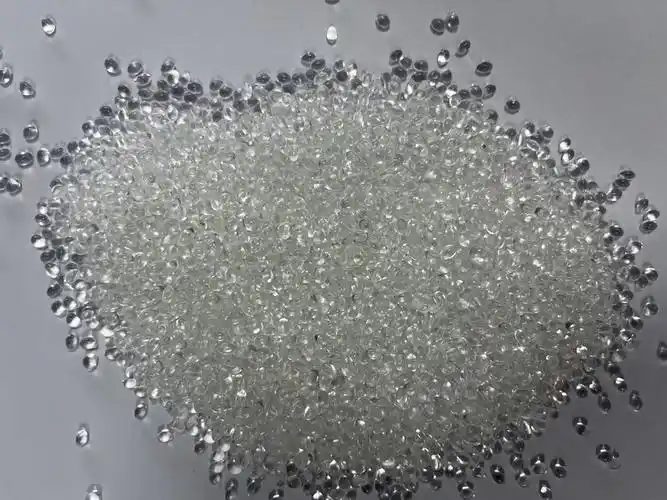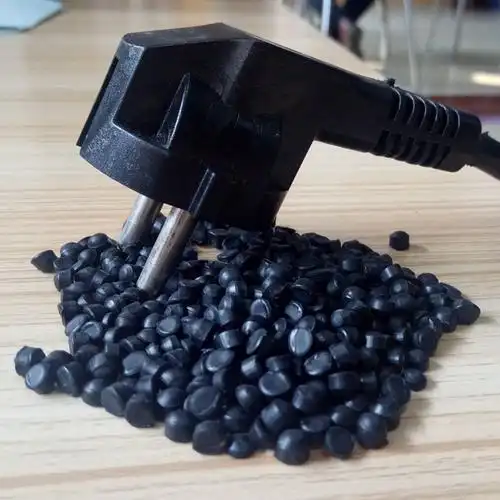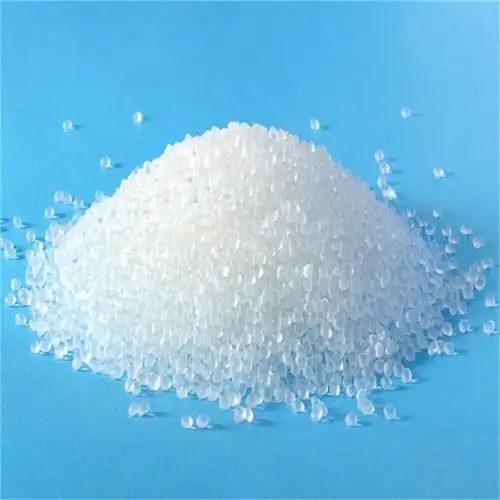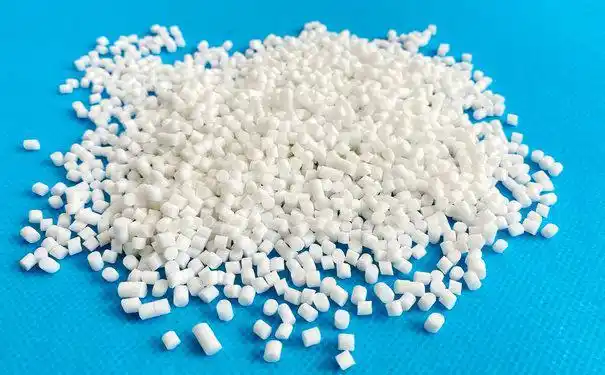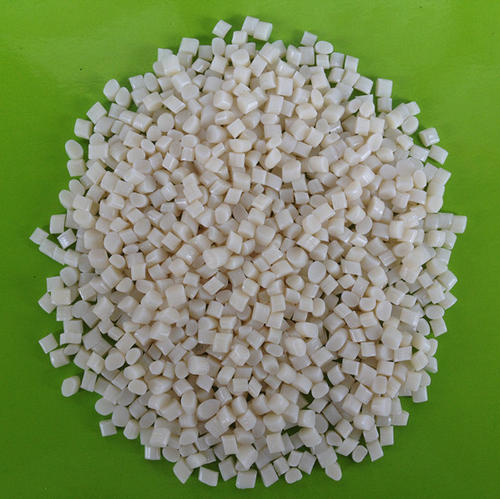What Is the Lifespan of TPE Materials?
As someone who’s spent years working with materials in product design, I can tell you there’s something uniquely satisfying about thermoplastic elastomers (TPE). They’re like the chameleons of the material world—soft and stretchy like rubber, yet moldable like plastic. Whether it’s the grippy handle on your toothbrush, the cushy sole of your sneakers, or the […]
What Is the Lifespan of TPE Materials? Read More »



